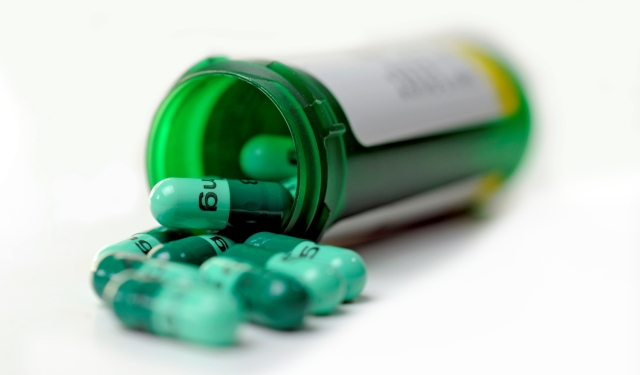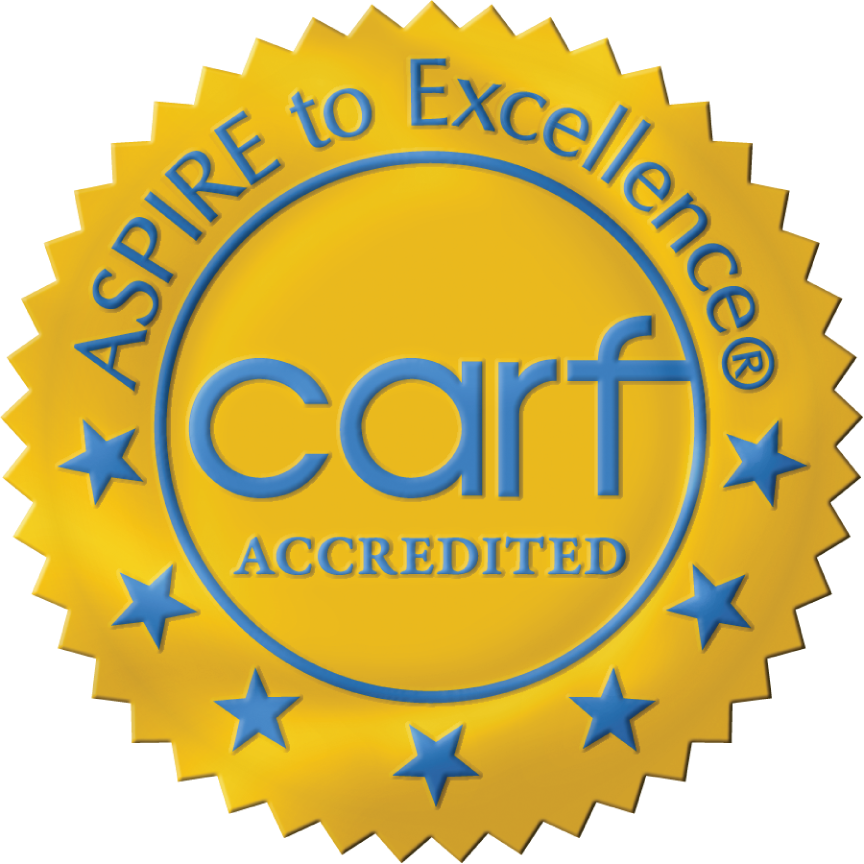
Medication-Assisted Treatment for Opioid Addiction
Prescription opioids such as oxycodone (OxyContin), hydrocodone (Vicodin) and fentanyl, along with illegal opioids like heroin, are among the most addictive drugs on the planet.
Brain imaging studies show that the misuse of these drugs causes physical changes in areas of the brain critical to judgment, decision-making, learning, memory and behavioral control. These changes literally hijack the brain, altering the way it works and leading to compulsive, self-destructive behavior.
There’s no getting around it – breaking free of opioids once someone is addicted is a tough battle. But it can be done, and there are treatments proven to help.
Medication-assisted treatment (MAT) for opioid addiction stabilizes brain chemistry, reduces or blocks the euphoric effects of opioids, relieves cravings and helps normalize body functions.
These medications can be used to help manage withdrawal symptoms and curb cravings during early recovery, allowing people to get sober without needless suffering. Over the longer-term, these drugs have been shown to keep cravings at bay, prevent relapse and allow people to focus on healing.
“Addiction is a chronic brain disease, and it should be managed how other chronic diseases are managed,” said Dr. William S. Jacobs, medical director of Bluff and chief of addiction medicine at the Medical College of Georgia at Augusta University. “A comprehensive approach includes medications when appropriate, along with education to understand the condition and how to manage it, as well as lifestyle changes that support recovery and health.”
Evidence Supports Medication-Assisted Treatment
Numerous studies, including systematic reviews of the research, have found that medication-assisted treatment reduces the mortality rate and the relapse rate among people with addiction from 50 to 79%.
“Studies have repeatedly demonstrated the efficacy of MAT at reducing illicit drug use and overdose deaths, improving retention in treatment, and reducing HIV transmission,” according to a 2017 Surgeon General’s Report on Alcohol, Drugs and Health.
Despite strong evidence supporting the safety and effectiveness of MAT, some physicians, addiction treatment centers and policy makers have been reluctant to encourage the routine use of MAT. The reason: MAT typically involves the use of opioid medications such as buprenorphine or methadone.
Some medical professionals and patients consider MAT “opioid replacement” and instead advocate for abstinence alone. And in the wider healthcare system and justice systems, the misconception that addiction is a willful choice still hasn’t gone away. Researchers say those mistaken beliefs may contribute to the lack of access to these lifesaving medications.
But there are indications that the MAT stigma is falling by the wayside, quickly. Public health organizations such as the National Institute on Drug Abuse and the World Health Organization have made their support of the use of medication-assisted treatment clear. The U.S. Food and Drug Administration announced in late 2017 that it was taking a more active role in supporting wider adoption of these drugs as part of comprehensive treatment programs and facilitating the development of new medications and formulations for the treatment of opioid addiction.
Counseling, Support Vital to Recovery
While buprenorphine or methadone can improve the odds of long-term recovery, medications are not enough on their own. People struggling with addiction need addiction therapy, counseling and support to learn the coping skills necessary to deal with life in sobriety, repair the damage to their psyches from their past behavior, and build a life of meaning and purpose that supports good health.
Addiction doesn’t usually just spring up out of nowhere. People suffering with addiction often have co-occurring disorders, such as depression or anxiety disorder, and they may have turned to opioids initially to escape those distressing emotions or to feel better. They have often experienced significant trauma at some point in their lives, the effects of which continue to cause emotional pain. It’s also common for people who abuse drugs to have other physical ailments, such as pain disorders that jump-started the addiction in the first place or other conditions that developed because of neglecting their health for many years.
Addiction rehab program must also help patients work through all of these issues and manage dual disorders. Medications can take away the worst of the cravings to help people focus on therapy and counseling, but medications won’t solve these problems alone – any more than a person with diabetes or heart disease can simply take a pill and hope to enjoy good health without making substantial changes to their diet, exercise and lifestyle.
At Bluff, we offer a full array of therapies, including cognitive behavioral therapy, addiction counseling and a variety of holistic and experiential therapies, to help heal body, mind and soul.
Medications Used to Treat Opioid Addiction
The U.S. Food and Drug Administration has approved several medications to treat opioid use disorders. As recovery progresses, some patients may choose to gradually taper the drugs. Although there are exceptions, typically tapering is not recommended until a patient has been in recovery for a year or longer, and has demonstrated healthy routines, a stable lifestyle and a strong sober support system. Some patients may opt to stay on the medications indefinitely. Medication-assisted treatment should be closely supervised by a physician.
Buprenorphine
Buprenorphine is a partial opioid receptor agonist that controls withdrawal symptoms and reduces cravings yet has a “ceiling” to the euphoria and respiratory depression that it can cause. As a result, buprenorphine is both safer and has a lower risk of abuse than other opioids. Buprenorphine is sold in several brand names and formulations. A well-known brand name is Suboxone.
Methadone
A long-acting opioid that is usually taken once a day to treat the symptoms of opioid withdrawal. When taken as intended, methadone will not produce a pronounced, euphoric high like commonly misused opioids. Methadone must be administered in an opioid treatment clinic. Methadone is often used for the most severe cases of addiction. Individuals may start with methadone and later move to buprenorphine.
Naltrexone
Along acting opioid receptor blocker that reduces cravings and suppresses the brain’s response to opioids and alcohol. Naltrexone can be given as a once-a-day pill (ReVia) or a once-a-month injection (Vivitrol).








